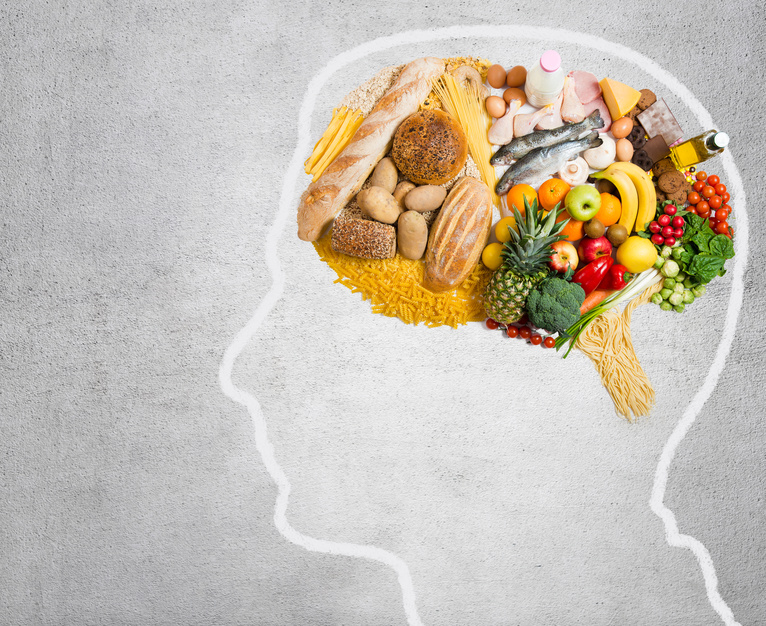Somewhere along the path to attaining optimal healthiness, we’ve all heard about calories—the importance of “counting calories”, the dangers of “empty calories”, and an overall fixation on this ambiguous unit that seems to have nothing to do with portion size. What is a calorie really, and how should calories be taken into account in your diet? These questions may be simple, but they are essential.
When defined in scientific terms, a food calorie is the amount of energy needed to raise the temperature of a kilogram of water by one degree Celsius (nutritional calories should not be confused with the smaller standard calorie unit described here). In simpler terms, a calorie is just a measurement of the amount of energy stored in food, whether it comes from fats, carbohydrates, or proteins. A healthy diet generally consists of a balanced amount of calories from each of the aforementioned sources, which in turn provide fuel for daily activities and exercise. However, when excess calories are consumed, weight gain occurs: an extra 3500 calories roughly equals a pound of fat.
Modern America is no stranger to overconsumption. The current obesity crisis is certainly a result of what health experts call “empty calories”. Empty calories are those that come from the solid fats and sugars added to many processed foods, including but not limited to baked goods, deli meats, and cheese. Furthermore, some items consist entirely of empty calories, such as sodas and candies. Limiting portion sizes of these empty calorie-containing foods is critical to maintaining a healthy lifestyle.
Of course, not every human body is exactly the same, so the amount of calories needed is contingent on several factors: age, height, weight, gender, and level of physical activity. The recommended calorie intake for most school-aged children is between 1600 and 2200 calories, but the number often rises for adolescents and young adults, especially those who are very active. Regardless of an individual’s calorie needs, always remember that nutrition labels are based on a 2000 calorie diet.
Calories are vital for energy, but the source of those calories should also be monitored in order to ensure good health. For more information on calories and eating right, visit the United States Department of Agriculture (USDA) Choose My Plate reference guide here.
Featured Image Source: Brain for everybody by Ars Electronica










